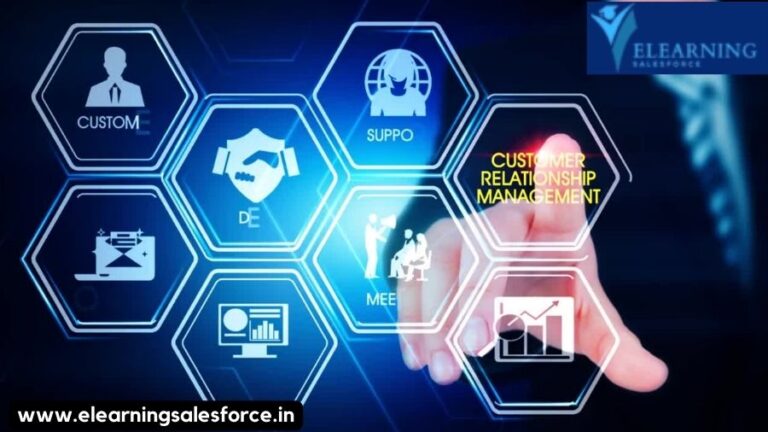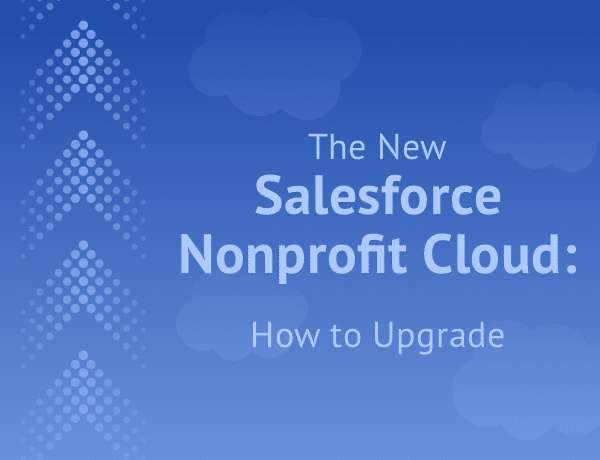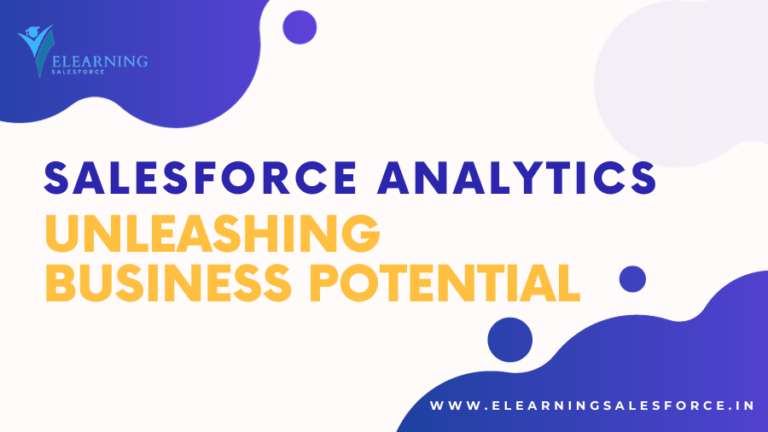Learn how to streamline your Salesforce DevOps development process with Continuous Integration (CI). Discover best practices, tools, and challenges in this engaging guide to Salesforce DevOps.
A Developer’s Tale: From Chaos to Control
Let’s be honest, Salesforce development can be a whirlwind. Features are flying, deadlines are looming, and the pressure to deliver is relentless. I’ve been there, juggling multiple projects, merging code, and praying that everything works as expected when deployed to production. That was until I discovered the magic of Continuous Integration (CI).
Understanding the Chaos: The Old Way
Before CI, our development process was, well, chaotic. Developers worked in isolation, making changes to their sandboxes. When it was time to merge, it was a stressful ordeal. Conflicts arose, tests failed, and deployments were a gamble. It was like herding cats, but with code.
The CI Epiphany: Order in the Chaos
Then came the lightbulb moment. CI was the answer to our prayers. By integrating code changes frequently into a shared repository and automating builds and tests, we could catch issues early, reduce merge conflicts, and increase deployment confidence.
Building Your CI Foundation: Key Components
To embark on your CI journey, you need a solid foundation. Here are the essential components:
- Version Control: This is the cornerstone of CI. Git is the popular choice for Salesforce development, allowing you to track changes, collaborate effectively, and create different branches for features and bug fixes.
- CI/CD Tools: Salesforce DX provides a great starting point, but for more complex pipelines, consider tools like Jenkins, CircleCI, or GitLab CI/CD. These platforms offer flexibility and integration with other tools.
- Automated Testing: Writing comprehensive unit, integration, and UI tests is crucial. Salesforce offers Apex test classes, but consider tools like Selenium for UI testing.
- Deployment Pipeline: Define the stages of your deployment process, from development to production. Use tools like Gearset or Copado to automate deployments and approvals.
Overcoming Challenges: The Road to CI Mastery
Implementing CI is not without its challenges. Here are some common hurdles and how to overcome them:
- Test Data Management: Creating realistic test data can be time-consuming. Consider using data generation tools or test data management solutions.
- Environment Management: Managing multiple Salesforce environments can be complex. Use tools like Salesforce DX or third-party environment management solutions to streamline this process.
- Branching Strategy: Choosing the right branching strategy is essential. GitFlow is a popular choice, but consider other options like Trunk-Based Development or Gitflow Feature Branch.
- Toolchain Integration: Integrating different CI/CD tools and Salesforce can be challenging. Proper configuration and scripting are key.
Best Practices for CI Success
To maximize the benefits of CI, follow these best practices:
- Commit Early, Commit Often: Encourage developers to commit code frequently to minimize merge conflicts.
- Automate Everything: Strive to automate as many steps as possible in your CI pipeline, from building to testing and deployment.
- Continuous Improvement: CI is an ongoing process. Regularly review and refine your pipeline to improve efficiency and effectiveness.
- Collaboration: Foster a culture of collaboration and knowledge sharing within your team.
The Future of CI: Beyond the Basics
As Salesforce continues to evolve, so too will CI practices. We can expect advancements in AI-powered testing, automated code refactoring, and even self-healing pipelines. The possibilities are exciting.
Conclusion
Embracing Continuous Integration is a game-changer for Salesforce development teams. By investing time and effort into building a robust CI pipeline, you’ll improve code quality, accelerate delivery, and reduce the risk of errors. Remember, the journey to CI mastery is ongoing, so keep experimenting and learning.
Have you started your CI journey? Share your experiences and challenges in the comments below!
you may be interested in this blog here:-
Oracle enterprise Data management (EDMCS)
Fun and Educational Hindi Rhymes for Pre Primary Class Competition..
SAP ABAP – Unveiling the Journey from Basic to Advanced OData Services
Generative AI in Manufacturing Industries: My Journey to Production Line Optimization



